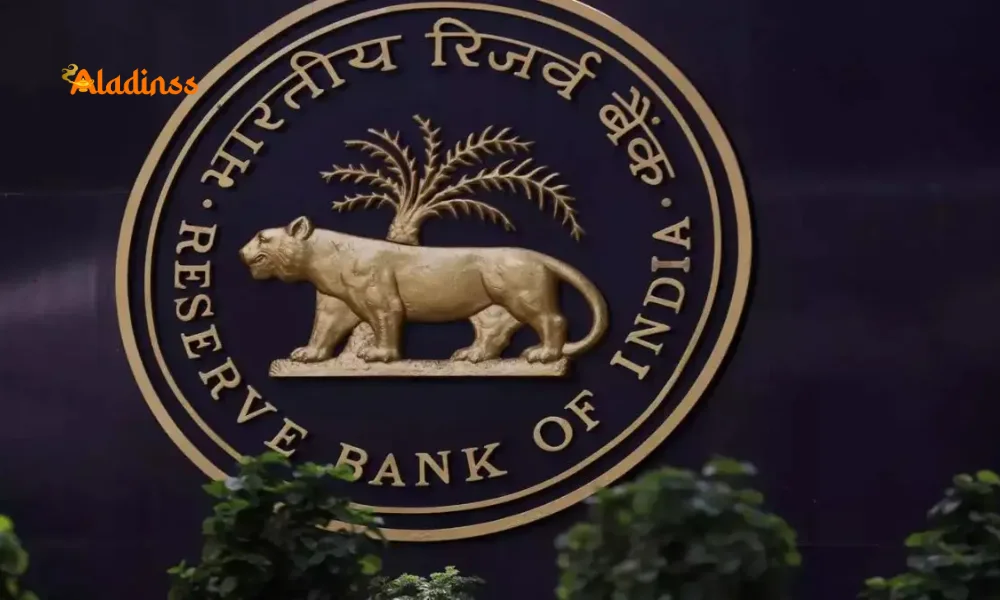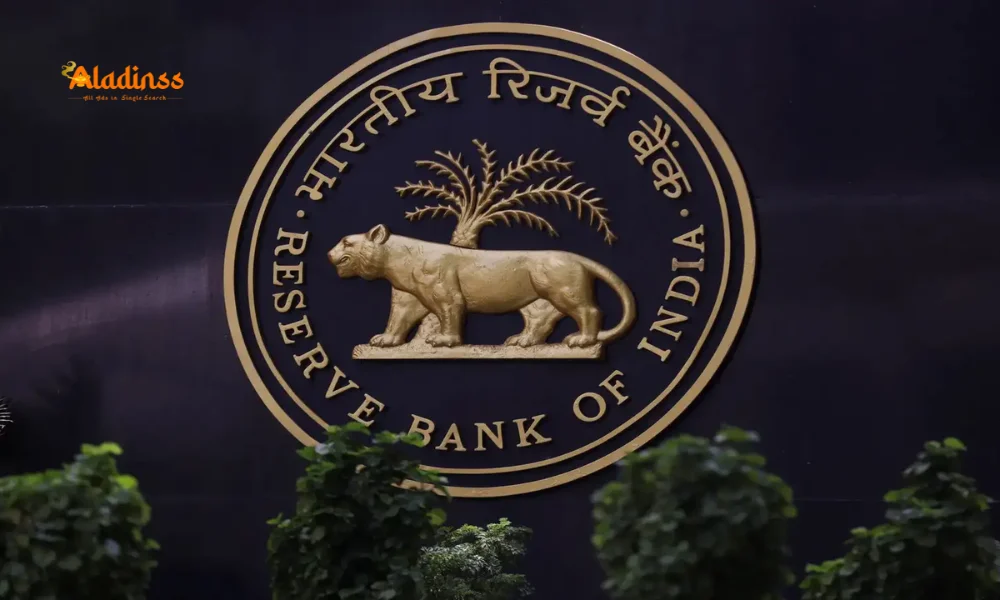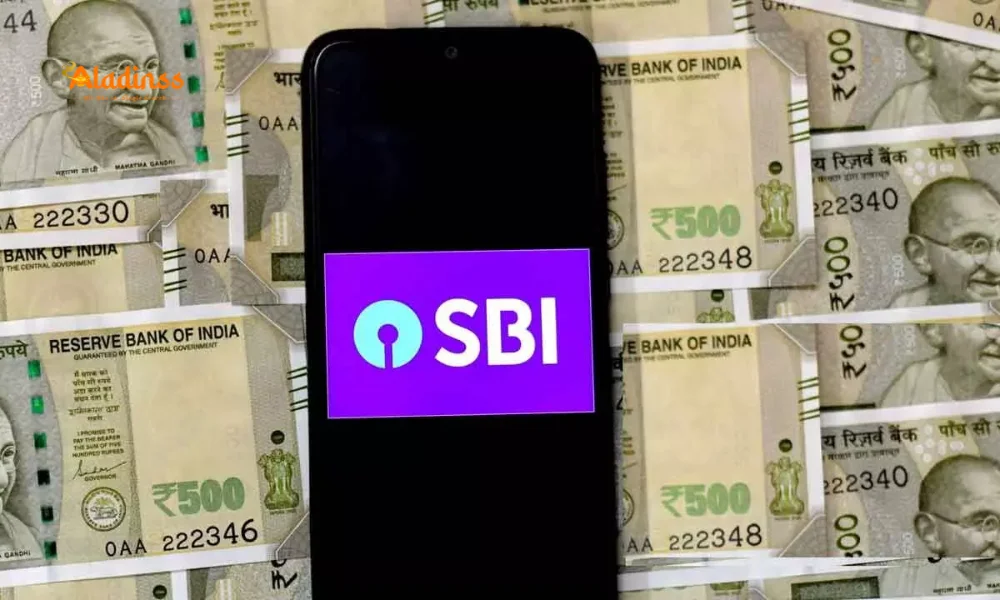How to Manage Money Better Budgeting Tips for Indian Families

How to Manage Money Better: Budgeting Tips for Indian Families
Managing money effectively is a life skill every Indian family needs in 2025, especially with rising costs of education, healthcare, and daily essentials. This guide on budgeting tips for Indian families helps you track income, control expenses, save consistently, and build wealth without stress. Simple habits like the 50-30-20 rule and digital tracking apps make financial control achievable from home.
Most families struggle because they spend first and save later. A structured budget reverses this pay yourself first. With UPI, mobile banking, and free apps, monitoring cash flow has never been easier. Start today to avoid debt traps and secure your children’s future.

Inflation in India averages 6–7% annually savings must grow faster. Budgeting isn’t restriction; it’s freedom to spend guilt-free on priorities. Involve all earning members and teach kids early. This practical guide covers step-by-step methods tailored for middle-class Indian households.
Step 1: Calculate Your Family’s Total Income
List all sources salary, rental income, freelance gigs, dividends. Use net (take-home) pay after PF, TDS. Include bonuses only when received. For irregular income (business, commission), average last 12 months.
Create a simple Excel sheet or use apps like Money Manager, Walnut. Update monthly. Joint accounts help transparency. Aim for dual income if possible women’s financial inclusion boosts savings by 20–30%.
Track in rupees. Convert foreign income at current rates. Set aside tax refund expectations separately. Accurate income mapping is the foundation of budgeting.
Step 2: Track Every Expense for 30 Days
Write down every rupee spent chai, auto fare, online orders. Use UPI transaction history or bank statements. Categorize into groceries, utilities, EMI, entertainment, medical. Most families underestimate small daily spends by 15–20%.
Apps auto-categorize via SMS parsing. Photograph bills. Involve spouse and teens turn it into a game. Identify leaks: unused subscriptions, impulse buys, eating out. One month of tracking reveals your true spending pattern.
Separate fixed (rent, EMI) and variable (food, fuel) costs. Note seasonal spikes festivals, school fees. This data drives your budget, not guesswork.
Step 3: Adopt the 50-30-20 Budget Rule
Allocate income as: 50% needs (rent, groceries, bills), 30% wants (dining, shopping), 20% savings/investments. Adjust for high-cost cities 60-20-20 in Mumbai, Delhi. Pay yourself first transfer 20% to savings on salary day.
Example: ₹80,000 monthly income → ₹40,000 needs, ₹24,000 wants, ₹16,000 savings. Automate SIPs, RD via standing instructions. Review quarterly promotions increase savings rate.
For low-income families (<₹30,000), use 60-20-20 or 70-10-20 temporarily. Prioritize debt repayment in savings portion if EMI >35% of income.
- Needs: Housing, food, transport, insurance.
- Wants: Movies, vacations, gadgets.
- Savings: SIP, FD, emergency fund, retirement.
Step 4: Build a 6-Month Emergency Fund
Save 6× monthly expenses in a liquid fund or separate savings account. Start with ₹1,000 monthly. Use sweep accounts for higher interest. Covers job loss, medical emergencies, repairs.
Keep in flexi FD or arbitrage funds (6–7% returns). Avoid stocks. Rebuild if used. Single-income families need 9–12 months. Teach kids its purpose no touching for vacations.
Label account “Emergency Do Not Touch”. Review coverage yearly. Health insurance reduces fund size needed.
Step 5: Reduce High-Cost Debt First
List debts credit card (36% interest), personal loans (12–18%), home loan (8–9%). Use snowball or avalanche method. Pay minimum on all, extra on highest interest first.
Avoid new debt. Use 0% balance transfer offers. Negotiate rates with banks. Convert credit card dues to EMI at 14–16%. Close unused cards to avoid annual fees.
Track via CIBIL. Improve score for lower future rates. Celebrate debt-free milestones motivates family.
Step 6: Cut Unnecessary Expenses Smartly
Audit subscriptions cancel unused OTT, gym. Buy groceries in bulk from D-Mart, Reliance Smart. Cook at home 5 days a week. Use public transport or carpool.
Switch to LED bulbs, 5-star appliances. Negotiate rent yearly. Refinance home loan if rates drop 0.5%. Shop during sales but avoid impulse buys. Use cashback apps like Paytm, Cred.
Teach kids value of money no pocket money for chores. Plan vacations off-season. One family saved ₹1.2 lakh yearly by cutting dining out from 12 to 4 times monthly.
Step 7: Involve Family & Set Shared Goals
Hold monthly money meetings. Discuss goals child’s education, foreign trip, new car. Assign roles: one tracks expenses, another investments. Use vision boards. Reward milestones movie night after 3 months of budget adherence.
Teach teens budgeting with ₹500 allowance. Open junior savings accounts. Transparency reduces conflicts. Joint decisions build trust. Celebrate progress together.
Step 8: Use Technology for Automation
Set auto-debit for bills, SIPs, insurance. Use Google Sheets with pre-built templates. Apps like ET Money, Groww track net worth. Get SMS alerts for spends above ₹1,000.
Link Aadhaar for e-KYC. File ITR via apps. Use virtual cards for online safety. Digitize receipts. Reduce paperwork, save time. Technology makes discipline effortless.
Step 9: Plan for Big Expenses in Advance
List annual costs insurance premiums, property tax, school fees. Divide by 12, save monthly in RD. Create sinking funds. Avoid loans for weddings, vacations.
Start education corpus via SIP from birth. Use Sukanya Samriddhi for girl child. Plan retirement via NPS. Early action reduces financial stress later.
Step 10: Review & Adjust Monthly
Compare actual vs budgeted. Celebrate oversaving. Analyze overspending adjust next month. Life changes inflation, salary hike, new baby require budget tweaks. Stay flexible but committed.
This guide to manage money better for Indian families works because it’s practical, not perfect. Start with one step tracking. Consistency compounds. Within 6 months, you’ll see surplus. Teach children, secure future, live richer.
Use envelope system for cash spends. Label envelopes: groceries, fuel, entertainment. Shop with lists. Say no to pressure buys. Financial discipline is a family value pass it on.
In conclusion, budgeting isn’t about scarcity it’s about choice. Indian families following these tips save 15–25% more annually. Begin now. Your peace of mind is the real ROI.
Comment / Reply From
No comments yet. Be the first to comment!









